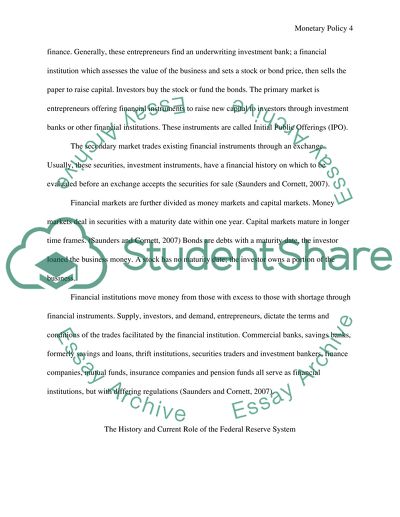Cite this document
(“Monetary Policy Essay Example | Topics and Well Written Essays - 2000 words”, n.d.)
Retrieved from https://studentshare.org/finance-accounting/1410793-monetary-policy
Retrieved from https://studentshare.org/finance-accounting/1410793-monetary-policy
(Monetary Policy Essay Example | Topics and Well Written Essays - 2000 Words)
https://studentshare.org/finance-accounting/1410793-monetary-policy.
https://studentshare.org/finance-accounting/1410793-monetary-policy.
“Monetary Policy Essay Example | Topics and Well Written Essays - 2000 Words”, n.d. https://studentshare.org/finance-accounting/1410793-monetary-policy.


